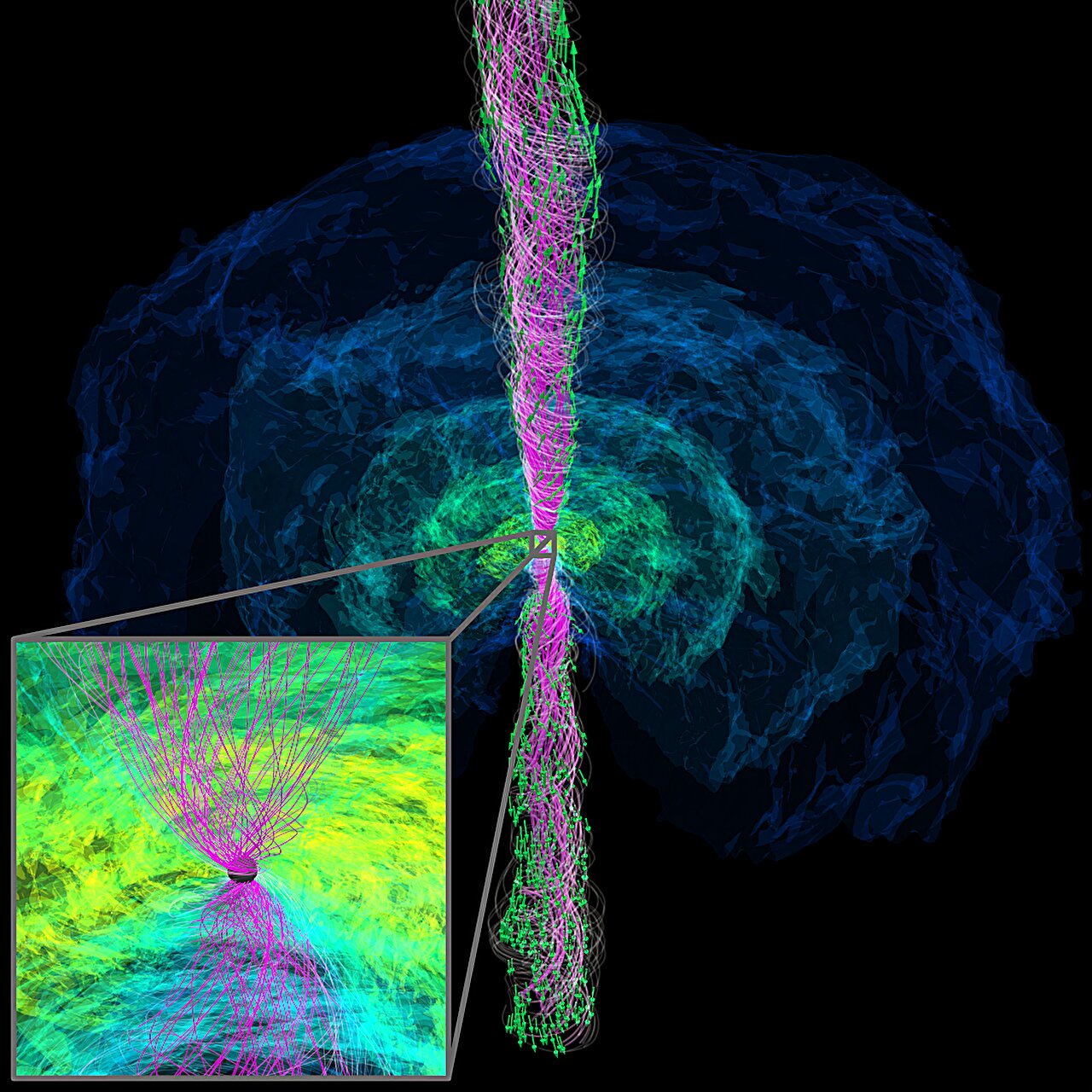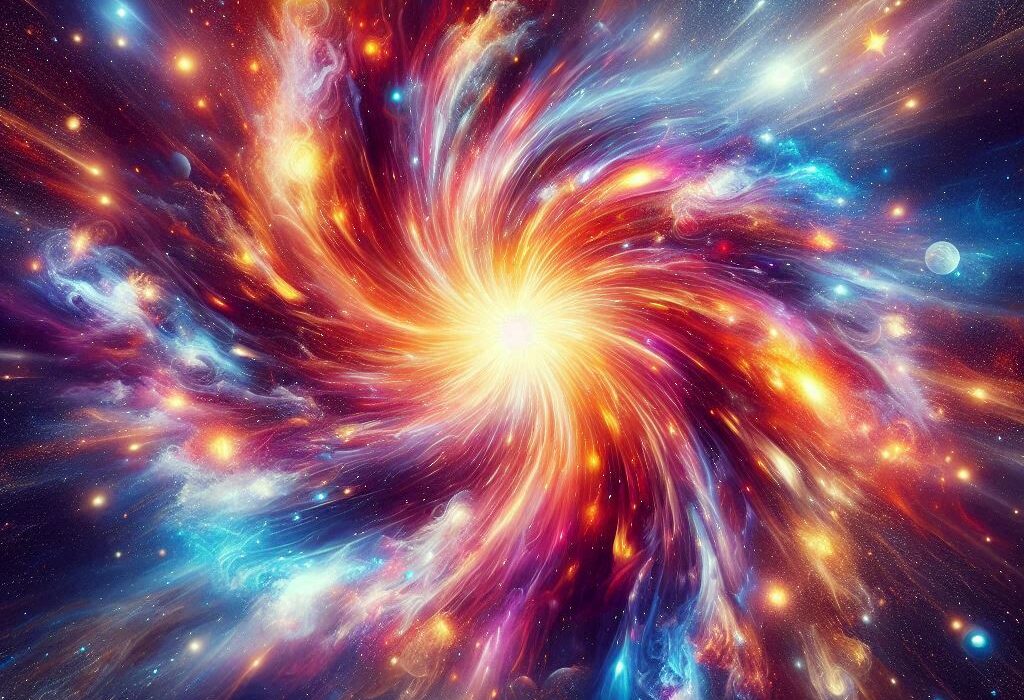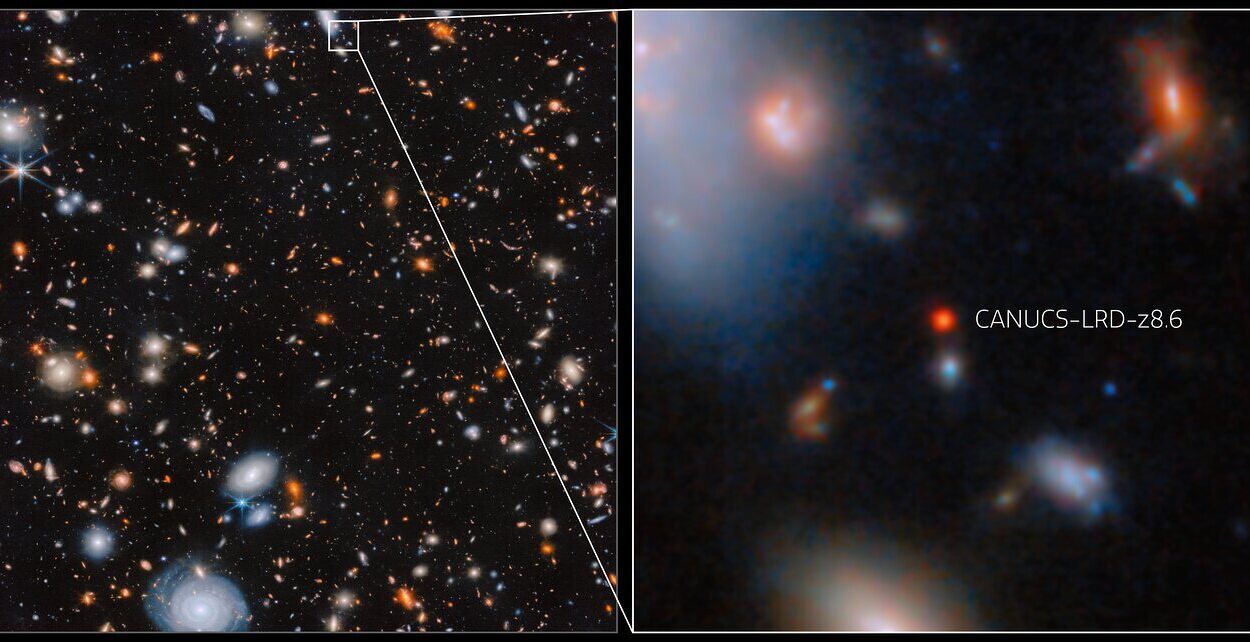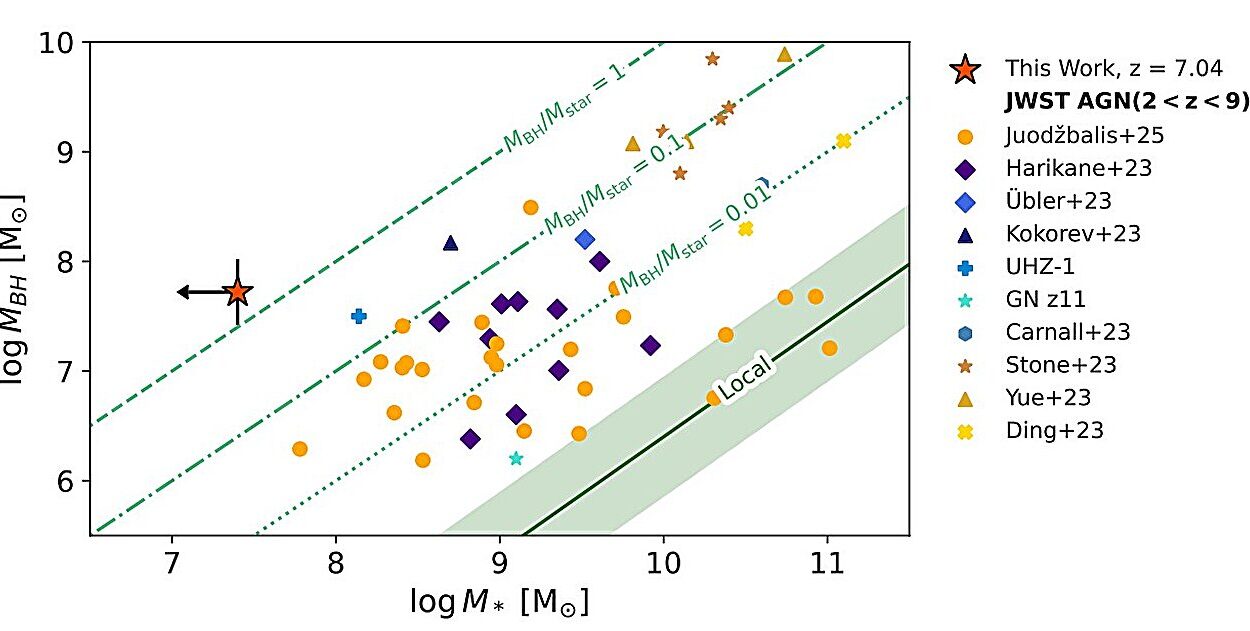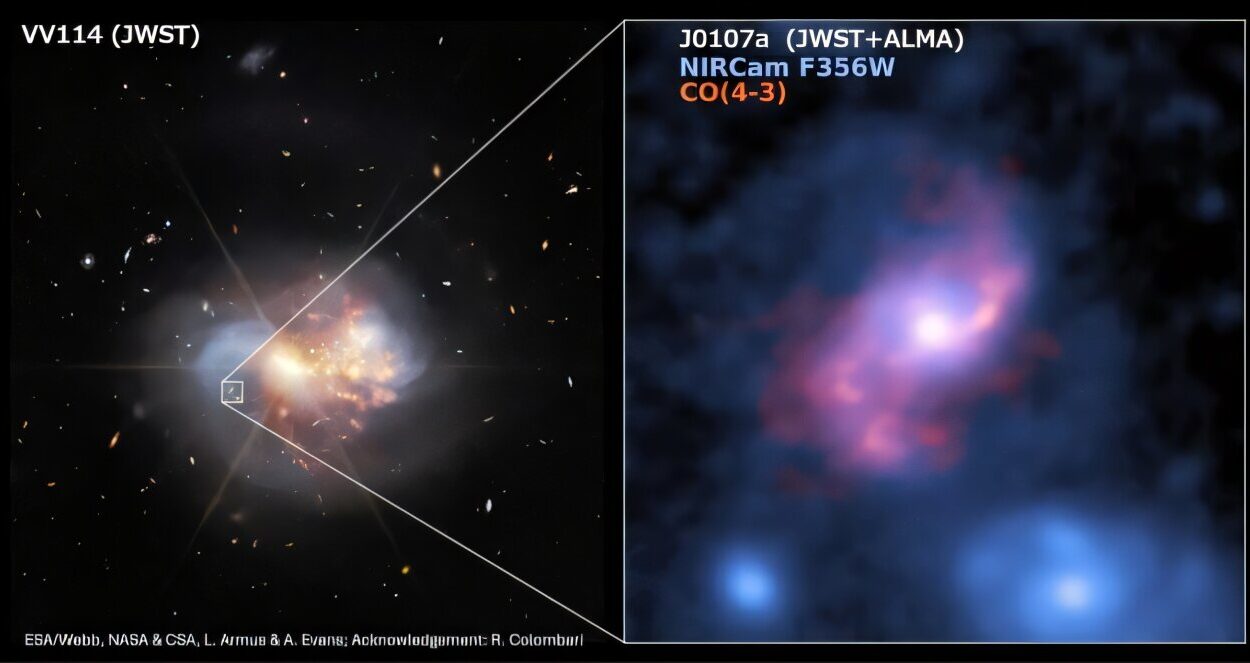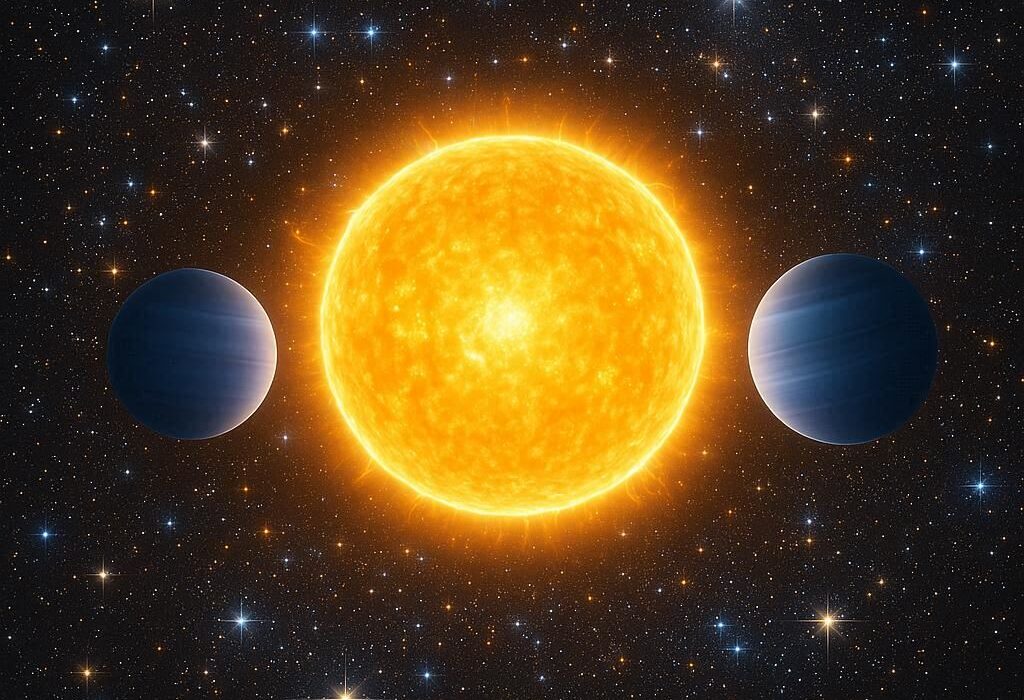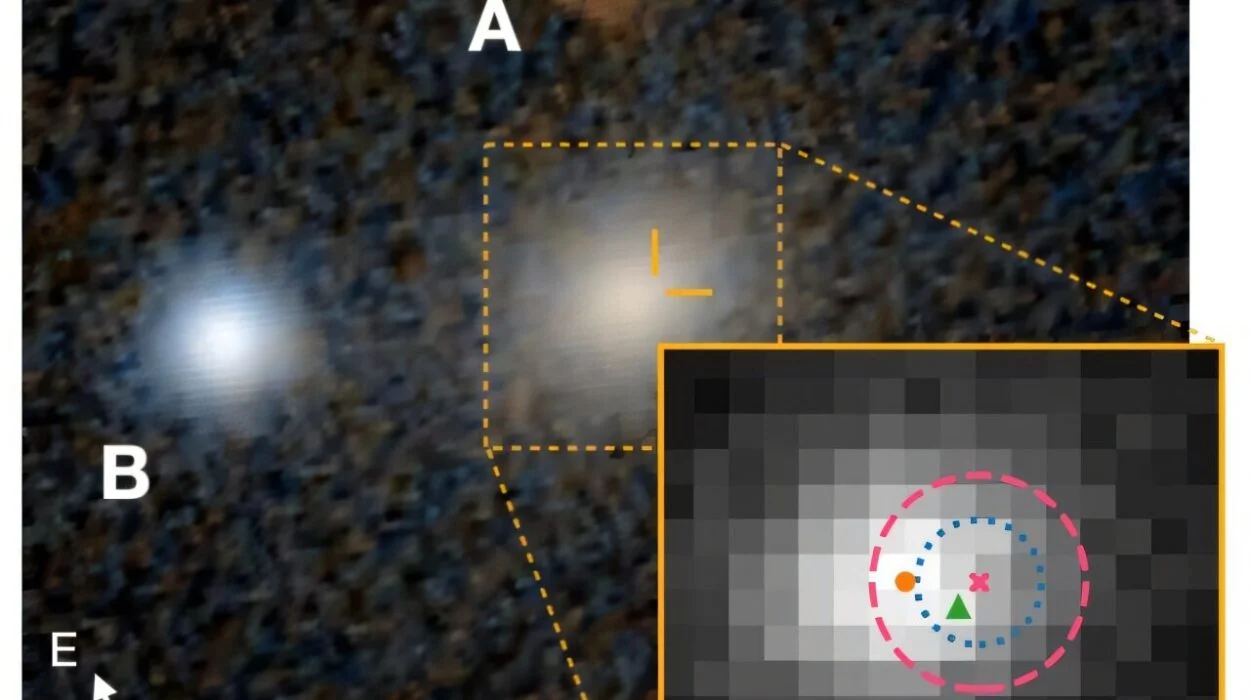In the deep silence of space, where time stretches and matter bends under immense gravity, two neutron stars — the collapsed remnants of once-massive suns — spiral toward an inevitable, violent end. The collision is swift, catastrophic, and world-shaping. And thanks to groundbreaking new research, scientists have now watched that spectacle unfold in unprecedented detail.
In a study published in Physical Review Letters, researchers from the Max Planck Institute for Gravitational Physics (Albert Einstein Institute), the Yukawa Institute for Theoretical Physics, Chiba University, and Toho University ran the longest and most comprehensive simulation of a binary neutron star merger ever attempted. Their virtual cosmic cataclysm—made possible by one of the world’s most powerful supercomputers—has revealed new insights into how these collisions might not only birth black holes but also launch jets of energy powerful enough to light up the universe in gamma-ray bursts.
“This is the first simulation to show a magnetically driven jet launched from a binary neutron star merger that collapses into a black hole immediately after the merger,” said Kota Hayashi, lead author of the paper. “That kind of event could be responsible for one of the most energetic phenomena we know—gamma-ray bursts.”
The Day the Stars Collided
The simulation doesn’t just recreate a theoretical scenario—it mirrors a real event. In 2019, gravitational wave observatories detected a signal believed to have originated from a binary neutron star merger that promptly collapsed into a black hole. Hayashi and his team set out to understand what really happens in such a dramatic moment—down to the evolution of gravity, magnetic fields, neutrino emissions, and the very fabric of spacetime.
To do this, they turned to Fugaku, Japan’s world-leading supercomputer, and ran a detailed, full-physics simulation for 1.5 seconds of real time. In astrophysical terms, that’s a near-eternity when observing the birth of a black hole.
Their virtual merger involved two neutron stars of unequal mass—1.25 and 1.65 times the mass of our Sun. Despite their small size—only about 20 kilometers in diameter—these stars were so dense that a teaspoon of their matter would weigh more than Mount Everest. When they collided, it wasn’t just gravity that roared—it was everything: magnetism, radiation, matter, and light.
A Jet is Born
What emerged from this digital maelstrom astonished even seasoned astrophysicists. The neutron stars collided, their dense matter briefly forming a swirling disk around a central point before collapsing into a black hole. Around this newborn black hole formed an accretion disk—a spinning ring of hot, magnetized matter.
Within fractions of a second, the researchers watched as turbulence and magnetic forces took over. A phenomenon known as magneto-rotational instability set in, twisting and amplifying magnetic fields. This, in turn, created a powerful outflow of energy called Poynting flux—a jet of pure electromagnetic fury that blasted out along the black hole’s spin axis.
The simulation clocked the jet’s energy output at around 10⁴⁹ erg per second—a staggeringly high luminosity, consistent with the forces needed to drive a gamma-ray burst, the universe’s most powerful and mysterious explosion.
Gamma-ray bursts, or GRBs, are brief flashes of intense radiation that astronomers have detected from distant galaxies. They are so bright they can outshine entire galaxies for a few seconds. For years, scientists have suspected that at least some GRBs are caused by neutron star mergers. But catching the precise physical mechanisms in action has been nearly impossible—until now.
“This simulation shows that the magnetic fields powering the jet don’t come from the stars themselves,” said Hayashi. “They’re generated after the merger, in the accretion disk, through a process called magnetic dynamo.”
Peering Into the Heart of Catastrophe
To simulate such an event in detail, Hayashi and his colleagues used a framework known as neutrino-radiation magnetohydrodynamics (MHD). This complex modeling system includes all the crucial ingredients: Einstein’s equations of general relativity, the behavior of high-density nuclear matter, the role of neutrinos (those ghostly subatomic particles that flood the cosmos), and the dynamics of electromagnetic fields.
Crucially, they used a model known as the SFHo equation of state—a tool that describes how matter behaves at crushing densities, searing temperatures, and tremendous pressures. In other words, a model that tells us what happens when the known laws of physics are stretched to their very limits.
The team ran their simulation longer than any previous model, following the evolution not just through merger and collapse, but all the way into the birth and emergence of the jet.
A Symphony of Signals
Beyond the astrophysics, this research touches on the emerging field of multi-messenger astronomy—the coordinated study of cosmic events through gravitational waves, electromagnetic signals, and neutrinos.
Neutron star mergers are among the few events in the universe that produce all three types of signals. The gravitational waves come from the massive objects spiraling together. The electromagnetic light comes from the resulting jet and the matter thrown off during the collision. And neutrinos—generated in the extreme temperatures and pressures—stream outward, carrying vital information about the physics at play.
By capturing all of these elements in a single simulation, the study offers a roadmap for interpreting future real-world observations, including what astronomers might detect in upcoming events. “We now have a model that links gravitational waves to gamma-ray bursts and other emissions,” Hayashi said.
Still Mysteries to Solve
As remarkable as this simulation is, it’s only the beginning. The researchers acknowledge that their model doesn’t yet capture everything—particularly the acceleration of the jet. Observations suggest that the jets behind gamma-ray bursts travel at more than 99.9% the speed of light. While the simulation hints at such high speeds, the acceleration process itself remains elusive.
“Future studies are needed to understand how the jet gains that extreme speed,” Hayashi said. “That’s the next big challenge.”
In addition, the team plans to focus more on the electromagnetic emissions—the visible and infrared light released by ejected matter. This includes kilonovae, brilliant flares that occur when neutron-rich material decays after being flung out during the merger.
A New Era of Cosmic Exploration
This study marks a milestone in computational astrophysics. It pushes the limits of what simulations can reveal and deepens our understanding of some of the most energetic processes in the cosmos. But more than that, it feeds a growing sense of awe about the universe.
Neutron star mergers are not just astrophysical curiosities—they are factories for the elements that make up everything from your smartphone to your blood. They forge gold and platinum in their fiery deaths. They shake the fabric of spacetime. And now, thanks to this research, we can finally glimpse how they die—and what is born in their place.
In the dance of dying stars, where silence ends in fury, humanity has found not just light, but understanding. And with every simulation, every data point, and every new theory tested against the stars, we draw closer to decoding the wild, beautiful chaos of the cosmos.
Reference: Kota Hayashi et al, Jet from Binary Neutron Star Merger with Prompt Black Hole Formation, Physical Review Letters (2025). DOI: 10.1103/PhysRevLett.134.211407
